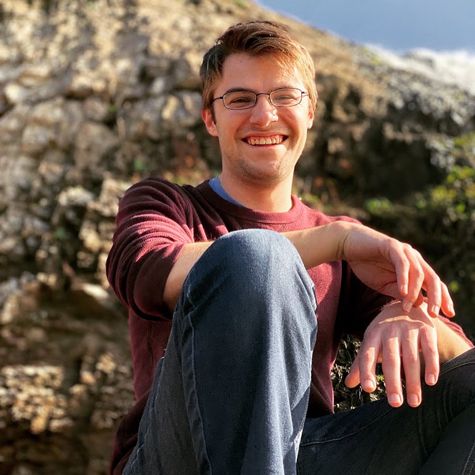Early Career Scientist Spotlight
Dr. David Burtt (he/him)
Isotope Geochemist
Planetary Enviroments Laboratory (699)
Did you always know that you wanted to study isotope geochemistry?
Yes and no. I’m definitely not a “I have known the exact position of the stars since I was three” kind of person, but I’ve always enjoyed the outdoors and searching for connections in a way that lends itself to studying isotope geochemistry. Finding my way to isotopes wasn’t guaranteed by any means, though. When I first got to undergrad, I came in undecided. I was leaning towards chemistry or biology because science classes were my favorites in high school, but neither of them had quite enough pull for me to commit to them. That was when I ran into my pre-major (and eventual geology) advisor Dr. Kirsten Nicolaysen. When I told her that I enjoyed being in nature and exploring the world around me, she said from a 100% unbiased point of view, “David, that is wonderful! Here are three reasons why I’m putting an Introduction to Geology course on your schedule”. Full credit to Kirsten because she was totally on the money. I took one course about the geology of the Pacific Northwest (shout-out to Dr. Pat Spencer!) and I was completely hooked. I was also incredibly fortunate to swing a summer internship at the US Geological Survey where I got my first taste of how geology can be applied. The group I was with used all flavor of methods (e.g., pollen identification, the presence of single-celled microorganisms, the size and orientation of clay particles) to reconstruct changes in Earth’s climate and it blew my mind that these seemingly insignificant things could tell us so much about the world around us. From there, I knew that I wanted to learn more about those kinds of proxies and test how they could be used in new, exciting ways! All of this led me down the path to isotope geochemistry, although I certainly would not have made it this far without those mentors to guide me along the way.
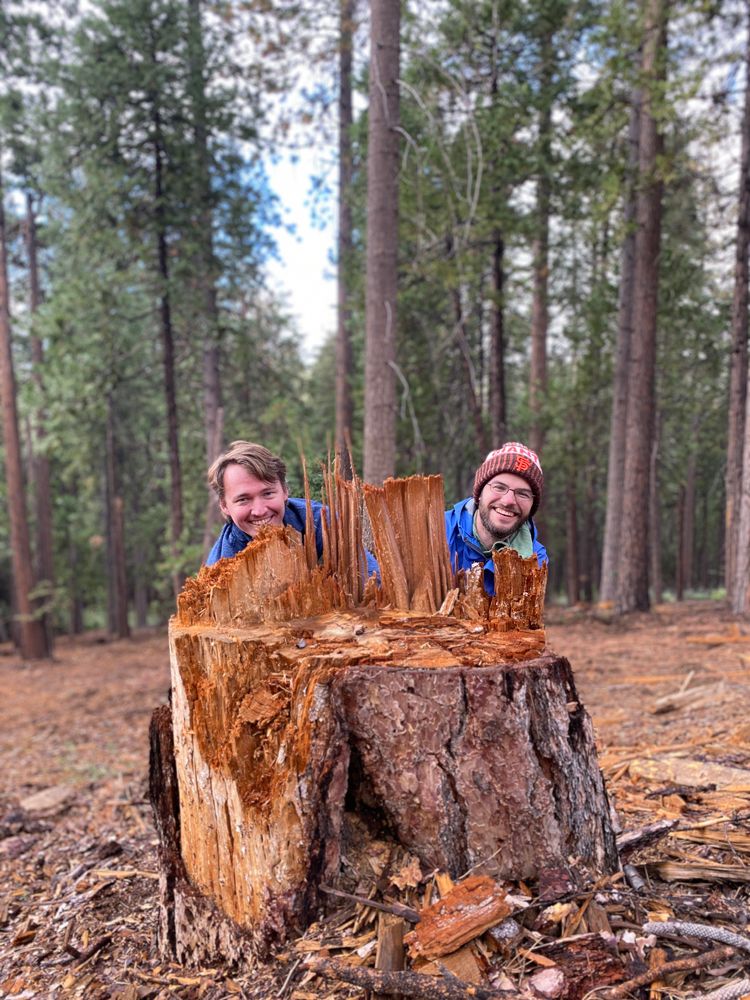
Credit: Adriana Cicciarelli
What science questions do you investigate?
My research focuses on using carbonates and isotopes to study past environments and how those conditions can either encourage or inhibit life. In my mind, two of the most existential questions we face as a species are “how did life begin on Earth?” and “does life exist beyond Earth?”. Within those questions are all kinds of intriguing follow-ups like “what constitutes a habitable planet?” and “do all forms of life require liquid water?”. One component of answering those questions is assessing the climate and resources available on a given planetary body.
Fortunately for us, the geologic record can maintain signatures of conditions that persisted millions or even billions of years ago. My record of choice for studying these conditions is a type of mineral called carbonate. Many of you may know carbonates from coral reefs, your limestone countertops, or even the TUMS you eat to calm your stomach down. In a geologic context, carbonates are valuable for a few reasons: (1) they are geographically ubiquitous, (2) they form under all kinds of temperature and pressure conditions, and (3) they are resistant to alteration. This makes them ideal candidates for studying past environments because they are common, aren’t limited to a certain temperature or pressure range, and will faithfully record their formation conditions across geologic timescales. These carbonates are composed of carbon, oxygen, and cations like calcium and magnesium. Each of these elements has multiple isotopes (i.e., the same number of protons, but a different amount of neutrons) and one isotope may be favored over another depending on the formation environment. For example, life prefers to use less energy whenever possible so biotic processes tend to favor the lighter 16O and 12C over 18O and 13C, respectively. By looking at these carbonates and the ratios of the isotopes within them, we can identify their source materials and extrapolate back to the environmental conditions that existed on Earth or other planetary bodies.
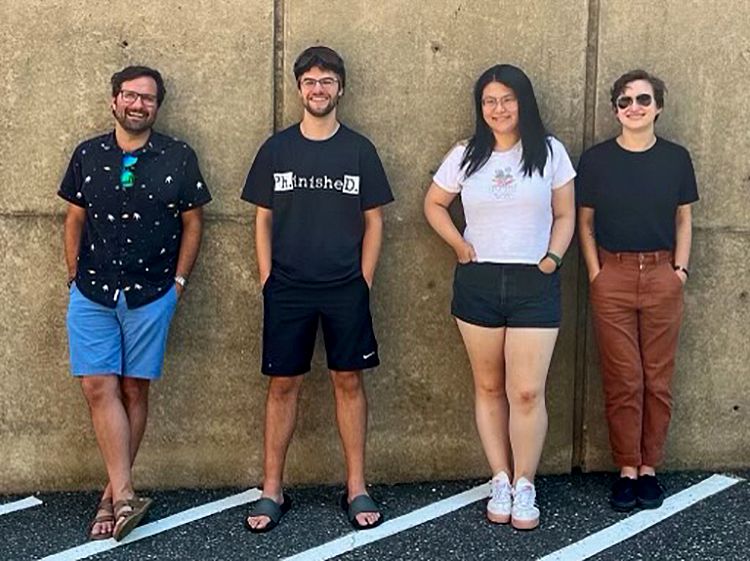
Credit: Malia Lundahl
What is one research project that you are particularly excited about, and why?
There are too many to count, but if I had to choose one, it would be contextualizing the carbonates on Mars. Here on Earth, most carbonates are the calcium variety while the iron, magnesium, barium, and strontium variants are less common. When we sent rovers and orbiters to Mars, we expected to see a similar preference towards calcium carbonate. However, most of the carbonates that have been detected on Mars fall closer to the magnesium and iron endmembers. What makes this unexpected (and intriguing!) is that magnesium and iron carbonates require specific formation conditions in terrestrial settings that conflict with some of the assumed climate regimes on ancient Mars. So there’s a big question about how these carbonates formed and what that might say about regional or even global climates that existed on Mars. My role is answering that question is creating synthetic versions of these carbonates in the lab under conditions relevant to Mars. The idea is that if I can identify characteristic features within these carbonates (trends in their isotope values, crystal shapes, color, etc.), we can use that information to contextualize the carbonates being found in Gale and Jezero Craters. Even better, these measurements might be the basis for choosing which samples to prioritize for the upcoming sample return mission!
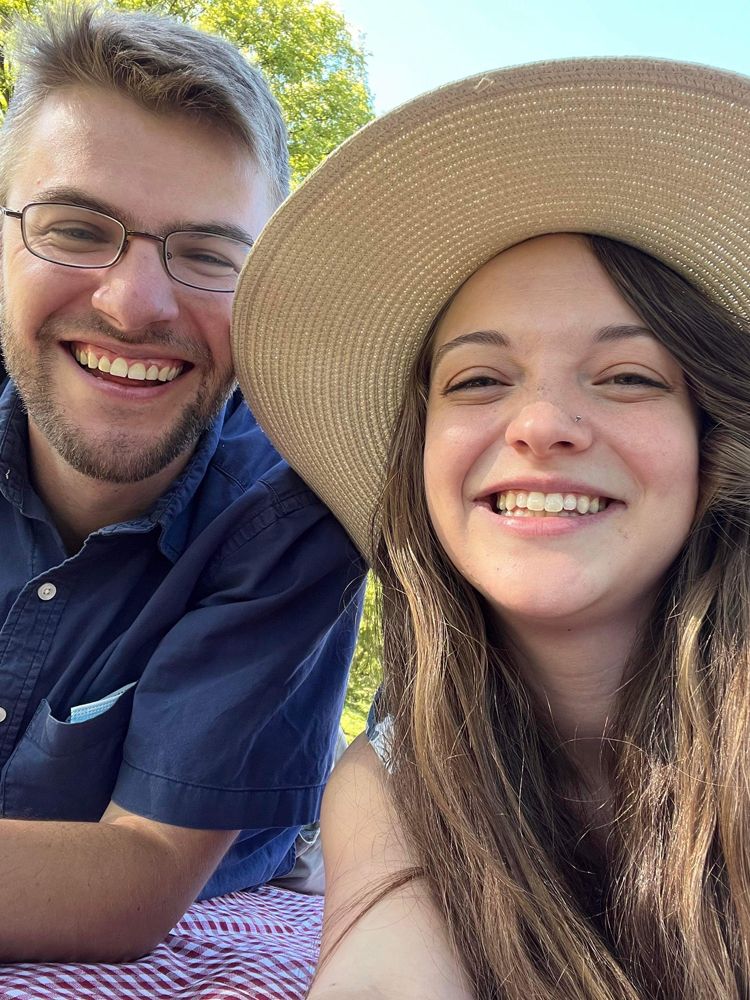
Credit: David Burtt
What is one thing you wish the public understood about your field of work?
The sheer variety of ways that geology can be applied! One of my favorite aspects of grad school was chatting with other members of our research group about their fields of study. Each one of us used some form of isotope geochemistry, but between the six of us, we studied terrestrial analogues of Mars, inland oceans during the era of the dinosaurs, primitive components of the solar system, the climate of Africa during the genesis of the first Homo sapiens, and the effects of meteorite impacts on habitability. It blows my mind to see how much scientific ground we were able to cover while incorporating aspects of geology. That breadth also extends beyond the ivory towers of academia. Some of the most popular tourist destinations in the world (e.g., the Grand Canyon, the Swiss Alps, and the Hawaiian volcanoes) are locations with spectacular geology. Soil science and climatology dictate where we should focus our efforts for livestock and agriculture. Geologic clues within the rock record are the only reason we know that a meteorite impact helped wipe out the dinosaurs, or that dinosaurs even existed in the first place! There are so many different facets of geology, particularly when it’s paired with other natural sciences like chemistry, physics, biology, and anthropology, and I wish the general public was exposed to it more often.
If you were to expand your current research focus, what new topics would you explore?
In some ways, I’m already expanding my research focus right now. My PhD research focused on meteorites and the effects of their impacts on Earth, so my current research into the geology of Mars is somewhat of a new setting for me. If I were to continue expanding though, I’d like to extend my research to planetary bodies beyond Earth and Mars. As I mentioned before, carbonates can be found just about anywhere. They’ve already been analyzed in situ on Earth and Mars. They’ve even been identified on more remote bodies like Ceres, Vesta, and Enceladus, all of which are compelling locations for prebiotic (and possibly biotic) chemistry. In the long term, I’d like to harness the versatility of carbonates and isotope geochemistry to study the climate evolution of planetary bodies throughout the Solar System.
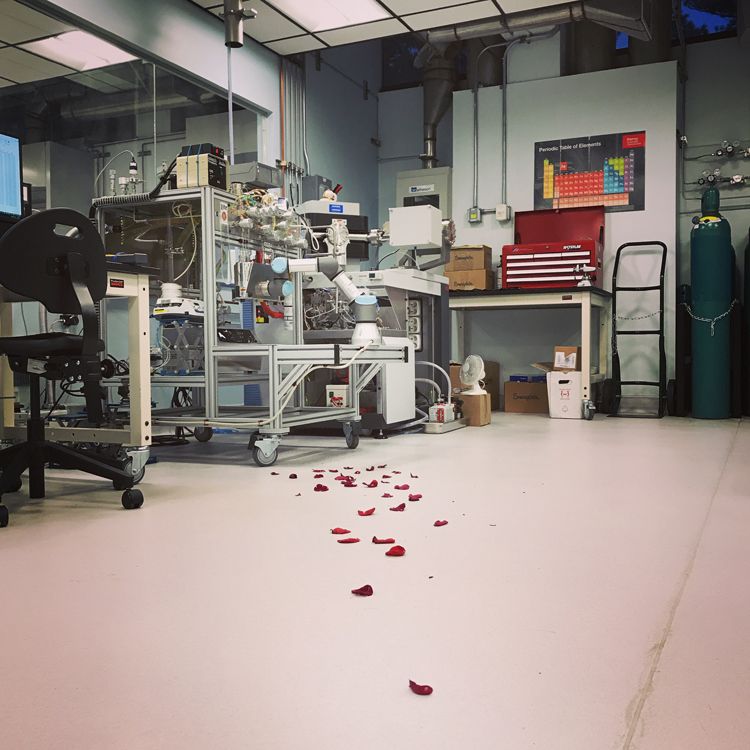
Credit: Mae Saslaw
What skills are most useful to you in your work, and where did you develop those skills?
I think patience and the ability to laugh at myself are two skills that help me on a daily basis. Being a geologist, and particularly an experimentalist, there are so many different ways that a measurement or an experiment can go wrong. It can be truly humbling because nature rarely behaves exactly how we expect it to and it can be easy to let that affect you. For me, I’ve found the best way to combat those moments of frustration is to be patient with myself and to remember that I’m human. When I’m making a pie and I wildly misread the recipe (see photo), it feels so much better to just laugh it off rather than beating myself up over it. And the same is true in the field and in the lab. There will be days when your instrument will refuse to work, that leaky valve just will not stay shut, and your computer will refuse to turn on for some unknown reason and those are all integral parts of science. In some ways, it’s getting through those rough days that makes the successes that much sweeter. My PhD advisor Dr. Greg Henkes was a huge role model in that respect because he showed me not only how to accept those circumstances, but also how to channel them into becoming a better scientist. As the philosopher Epictetus once said, “It’s not what happens to you, but how you react to it that matters.”
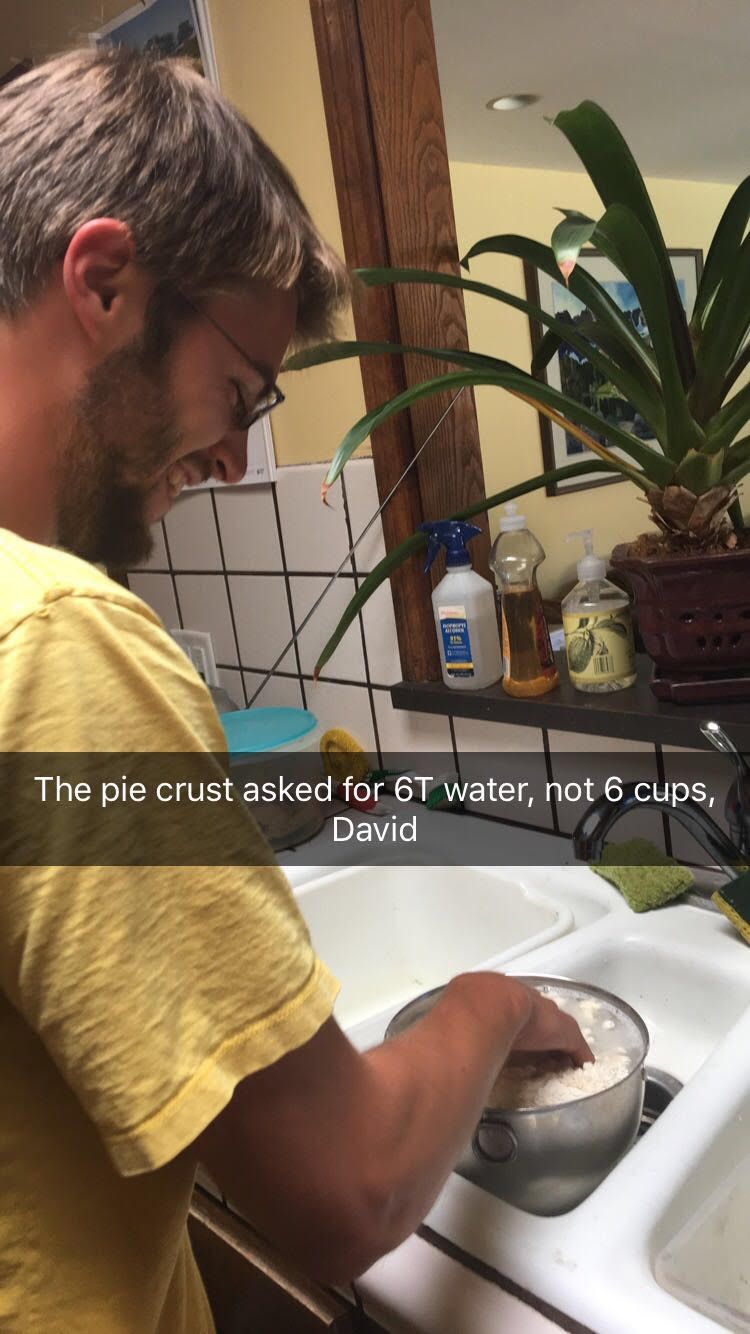
Credit: Katherine Burtt
What is a fun fact about you?
I’m a huge fan of wood turning! In grad school, I was in desperate need of a creative outlet and luckily one of the professors in the department was a master woodturner. Not only that, he was also willing to open up his shop and teach me! Woodturning brings me so much joy as a hobby because it gets me out of the lab and it ties together aspects of arts and crafts, working with my hands, and my love of nature. Plus there’s something so satisfying about taking a piece of junk wood destined for the burn pile and turning it into a beautiful piece for a friend or family member. I currently do all of my turning in a small studio space, but I aspire to one day have a shop like the one I learned in.
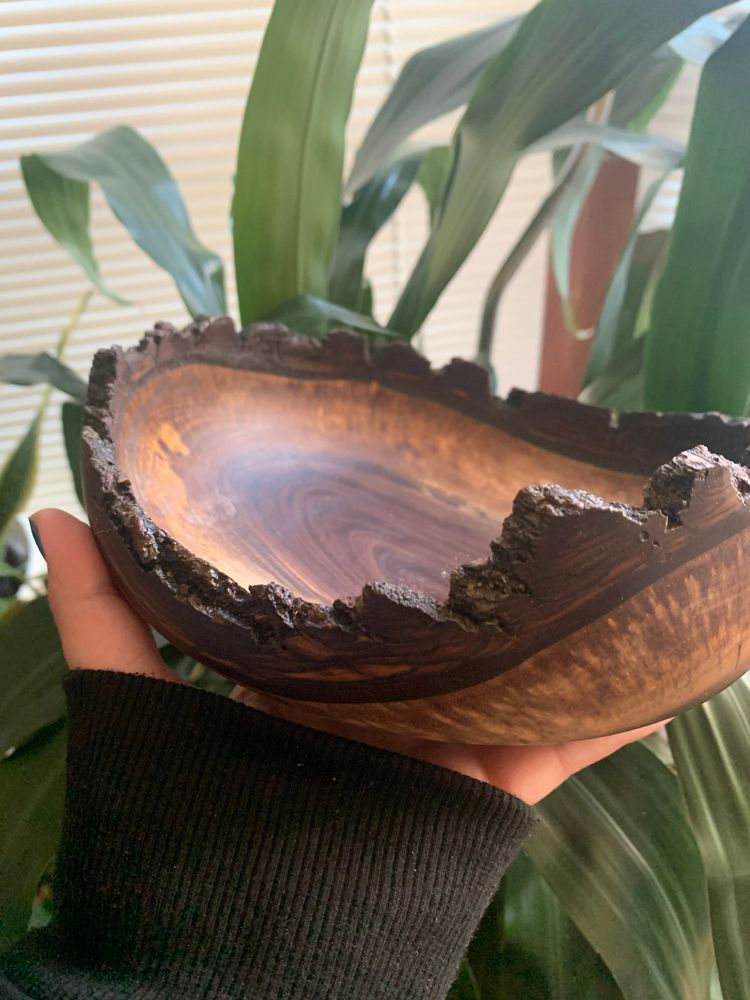
Credit: Charlie Chouanard
Biography
Home Town:
Redwood City, California
Undergraduate Degree:
B.A. in Geology-Chemistry, Whitman College, Walla Walla, WA
Post-graduate Degrees:
PhD. in Geochemistry, Stony Brook University, Stony Brook, NY
